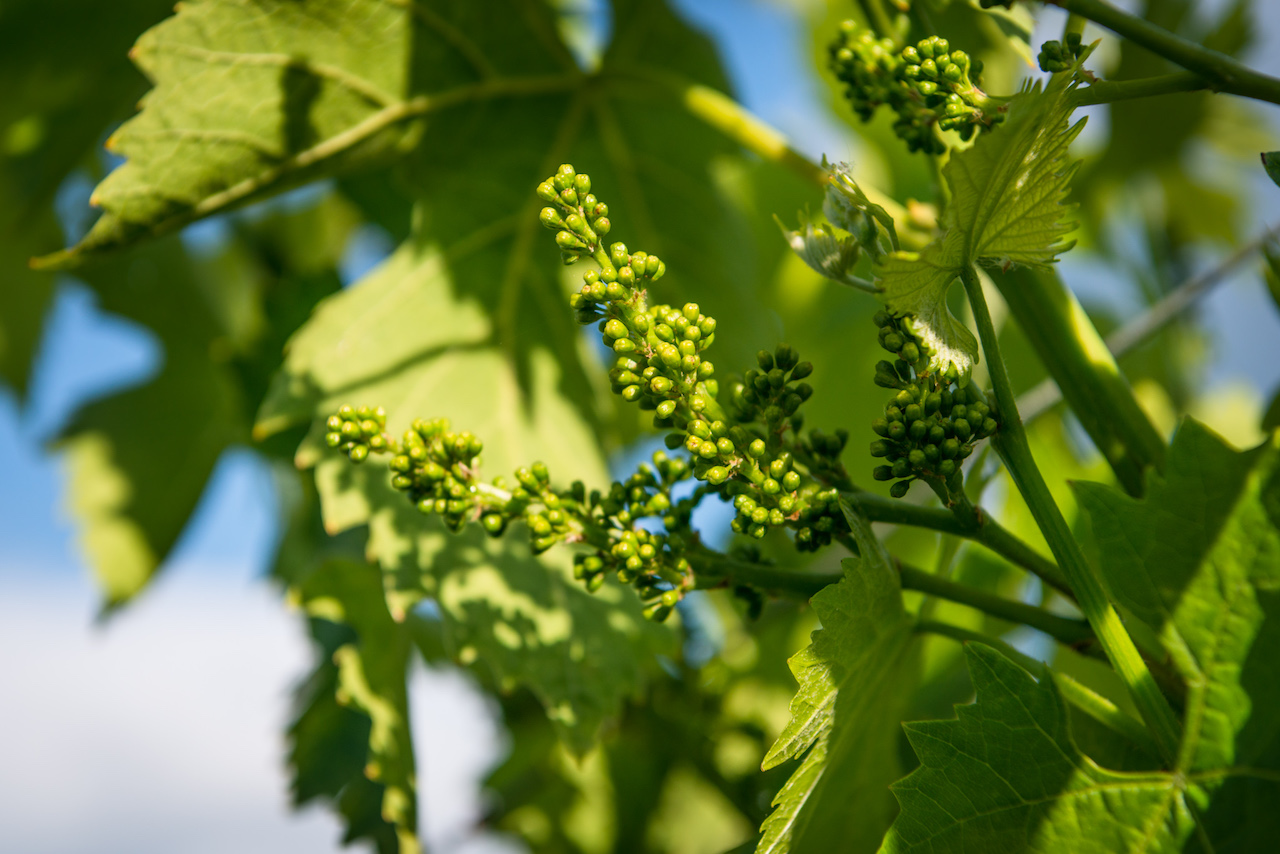
One aspect that is of vital importance to both winegrowers and wine lovers is knowing the phases of the vineyard, also known as the phenological phases of the vine.
In other words, the vineyard goes through different phases during the annual cycle. Obviously, different viticulturally techniques will be applied for each phenological phase.
Let’s discuss the Vine Life Cycle
It is important to be careful and to understand that for every action there is a consequence.
In the following, we will briefly try to analyze a whole year’s cultivation of life.
The 3 different life cycles
It is therefore important to shed light on these three different types of cycles so as not to fall into confusion.
The vine has a life cycle, a two-year cycle, and an annual cycle.
Life cycle
As far as the life cycle is concerned, it will obviously cover the entire lifespan of our plant.
The first two years will be completely unproductive, whereas we will see increased productivity from the third to the sixth year. The true productivity phase can be identified in the time range from the seventh year to the 25th year of the plant’s age. The last part of the productive life is from the 30th year onwards.
Two-year cycle
What is commonly referred to as the two-year cycle can be explained as follows: During the first autumn-winter (first year) the so-called hibernating buds are formed. Fruiting takes place in the following year, in the summer-autumn period. This is why it is called the biennial cycle.
Annual cycle
The third type of cycle we need to talk about is the annual cycle, which is nothing more than the period from the first step; budding until the fall of the leaves in autumn-winter.
Various phenological phases
Next we need to discuss the phenological phases, how they are divided and which characteristics correspond to each stage.
- Weeping
- Sprouting
- Sprout growth
- Flowering-Pollination
- Berry development
- Ripening
- Leaf fall
- Rest
- Quietness
Weeping:
After pruning, the vine will release liquid from the small “tears” inflicted by the pruning process. This phase is therefore called the weeping phase. It takes place just over a month before budding and will be completed when the buds open.
What does the weeping liquid consist of?
- Sugar substances
- Nitrogenous substances
- Enzymes
- Tartrates
- Calcium
- Phosphorus
Sprouting:
Speaking of sprouting, it is important to specify that the opening of the buds occurs when we are at an average temperature of 12-14 degrees centigrade. It is quite difficult to predict the start of this phase precisely, especially with the climatic changes we have observed in recent years.
As we always say, every vintage and every vineyard is unique. Something that will have its own particular timing and characteristics.
Growth:
Another phase which we must obviously talk about is that of bud growth. Obviously also in this step, we have to take into account the influence of the surrounding environment, temperatures, etc. The growth will become maximum in a few years.
The growth will become maximum during the flowering period, after which it will decrease at the beginning of the summer. The development ends towards the end of July. On our shoots, leaves, nodes and internodes, buds and clusters will obviously form.
Development:
As for the development of the cluster inflorescence, it occurs simultaneously with the growth of the shoot. The culmination of this development process is the so-called Flowering of the vine.
In warmer regions, flowering usually takes place at the end of April and continues throughout May. In colder regions, we have to wait until June. The duration of flowering on the plant varies from ten to twenty-one days.
Pollination:
In terms of pollination, the vine is pollinated by insects and of course by the wind. Ideal climatic conditions for fruit sets are mild temperatures, good exposure of the vineyard, and good wind.
Development and growth of the berry:
Once pollination has taken place, we enter the phenological phase of berry development and growth. This takes place in August.
Ripening:
The phase preceding the harvesting of the grapes is called the phenological ripening phase.
The period in which it usually takes place in September and October.
During ripening, physical and chemical processes take place in the grapes. The latter will acquire typical characteristics of the vine in question. At that point, we can judge it as mature. How do we judge whether the grapes are ripe or not? The grapes are tasted. This is the main parameter on which we base our judgment as to whether the fruit is ripe and therefore ready for harvest.
Harvesting:
Once the vines have ripened and are therefore harvested, they will prepare for the winter period. We will observe the fall of the leaves between the end of October and the beginning of November.
The moment in which this last phenological phase takes place may depend on various factors:
- type of vine
- nutritional status of the plant
- possible presence of diseases and/or parasites
- climatic conditions.
Quiet phase:
With the fall of the leaves, the vine enters the vegetative rest phase, which will last until the next budding. As far as buds are concerned, this is more properly referred to as dormancy, a period that actually starts much earlier, even as early as summer.
Obviously, this is just a brief guide to the phases that the vine goes through. For more information, contact us directly, or you can also visit the Montemaggio YouTube channel where we constantly publish content on viticulture, How we make wine, and the world of wine in general. Feel free to check out our wine tours, stay at our estate in our Tuscan villa, tour the estate with a light picnic lunch and enjoy the vinery view or order your favorite organic Italian wine online today!






Leave a Reply